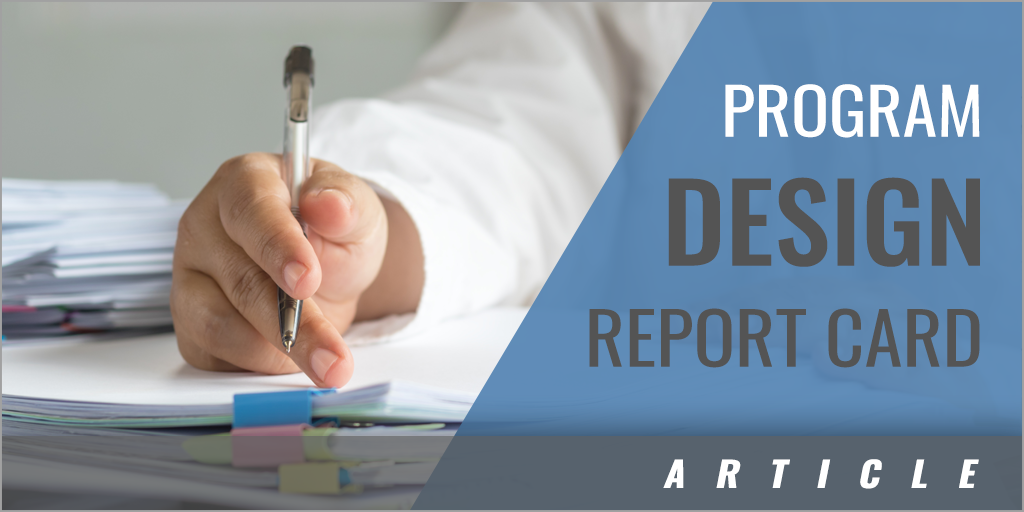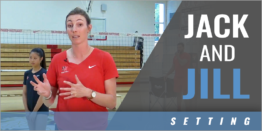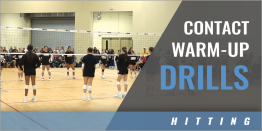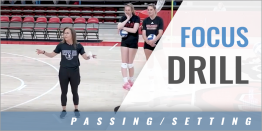|
By: Ken Kontor Originally Published in: Coaching Volleyball Copyright and Provided by: American Volleyball Coaches Association Program design is achieved through the planning and communication between the volleyball skills coach(es) and the volleyball strength and conditioning coach. Most importantly, the final product stems from the inter-education of each coach. The ultimate goal is to design a program that emphasizes the integration of these three important factors:
Initially, this is achieved through a meeting of coaches. Establishing who is in charge of what and how it is reported and adjusted is important in creating a good working relationship. But what should be discussed? Who is responsible for developing each individual component, and how does it all work together? How much of the program can be individualized based on the needs of the athlete, the amount of time available and fulfilling supervision requirements? We have developed a report card that you can use to make sure that you're covering all the aspects of program design based on our Fit-to-a-T 7-T system of Program Design. This card covers the questions that we feel are important to create a solid working relationship between the volleyball coach and the conditioning coach and to help foster productive discussions that ultimately result in a program design that maximizes benefits for the athlete. The final suggestion is to hold meetings to discuss updates and adjustments that need to be made as the year unfolds. Communication should be scheduled to occur on a continual basis. Good Luck! T1 Training Age In a four-year high school/collegiate setting, how can the program be adjusted as players progress from freshmen to seniors? How can you accommodate the different physical needs of players within that age range? How can it be done? What are the considerations at the club level? How does the maturation process affect training age? T2 Time This is the toughest issue. How does the strength training and court conditioning change based on time available and the season (pre-in-off)? What can be done within these constraints? What are the priorities as the seasons change? How are other sports conflicting with what you do? Do you communicate with other sport coaches as to the scheduling and coordination of activity? Can you make volleyball the "priority" sport for the athlete? T3 Tools Do you have what is needed? How do the athletes access these tools? Is strength and conditioning done on the court, and how does this compromise results? T4 Tecach Who conducts the on-court conditioning and how are volleyball skills integrated? How are the strength training exercises taught and supervised as the program continues? T5 Testing Do we have time to test? What do we test, and when and what tools/technology do we have available to do the tests? What do we do with results and who knows what? How is the data organized to effectively communicate results? How is the program adjusted based on results? T6 Total Workload How is this defined, measured and interpreted? How are the three factors of program design integrated into an individualized assessment? Who is in charge of readiness/freshness of the players and how is this communicated? How is recovery measured and communicated to the players? T7 Position-Specific Considerations Position-specific considerations. Is this realistic based on time, training age and individualization opportunities? |







